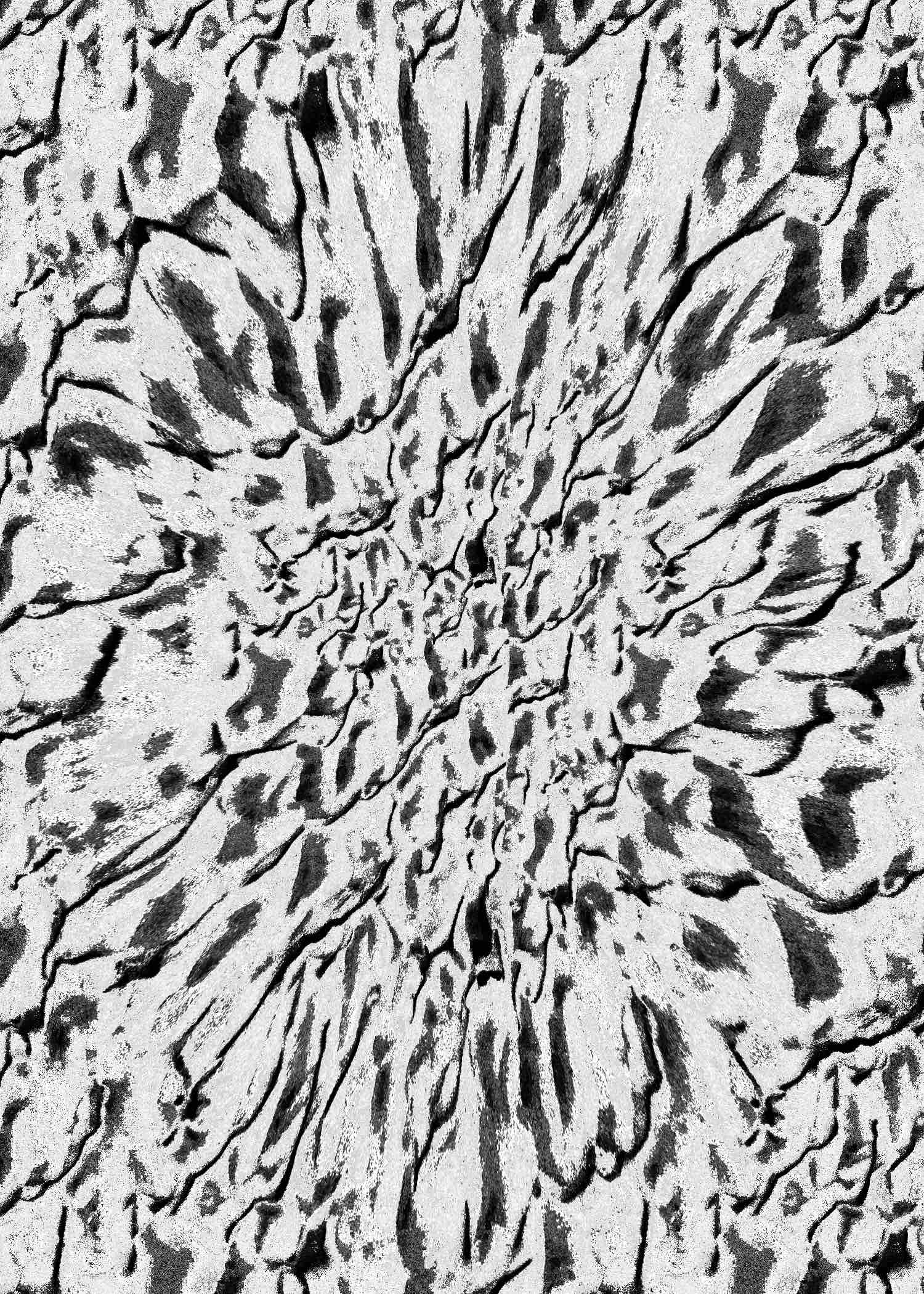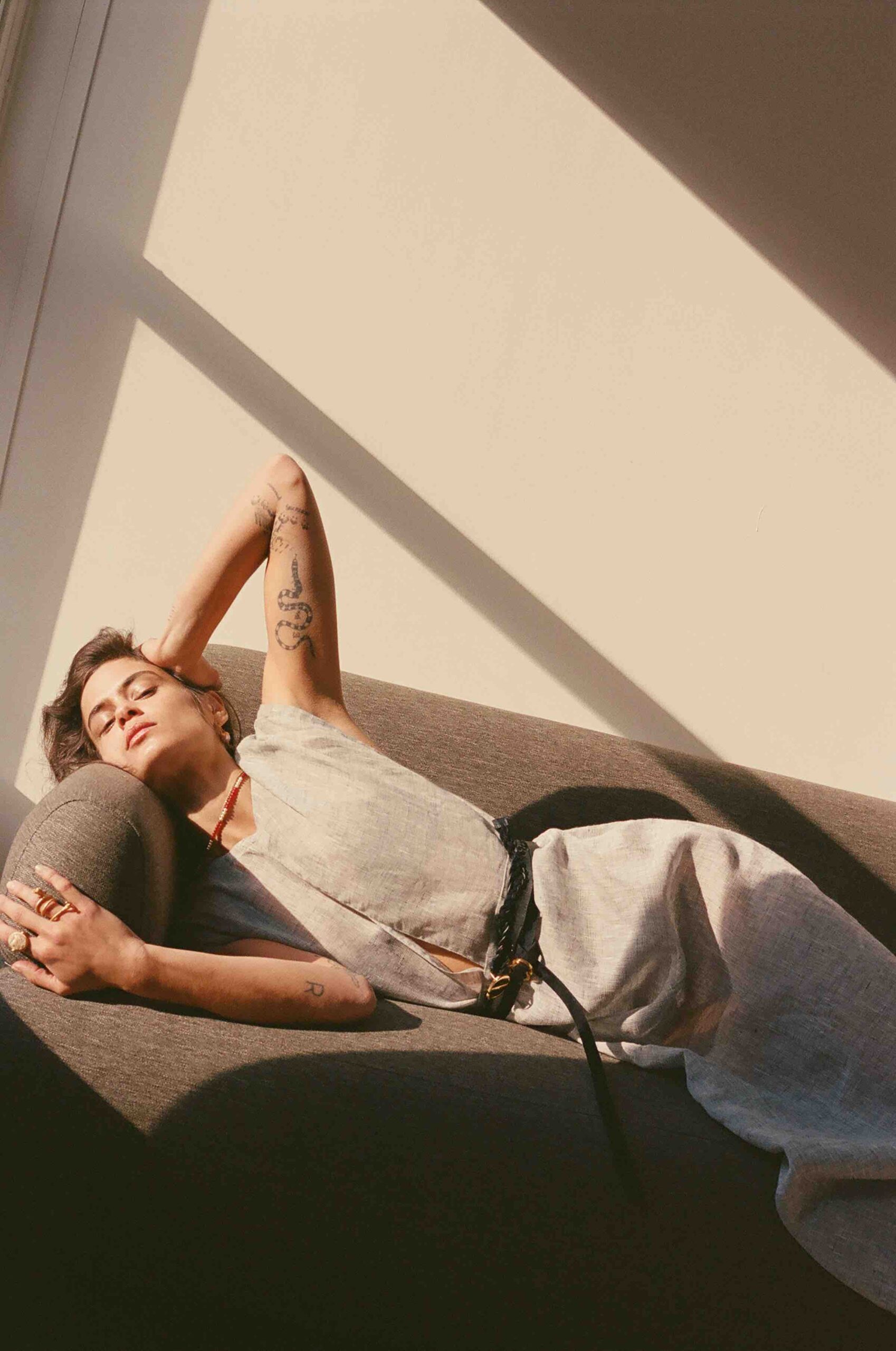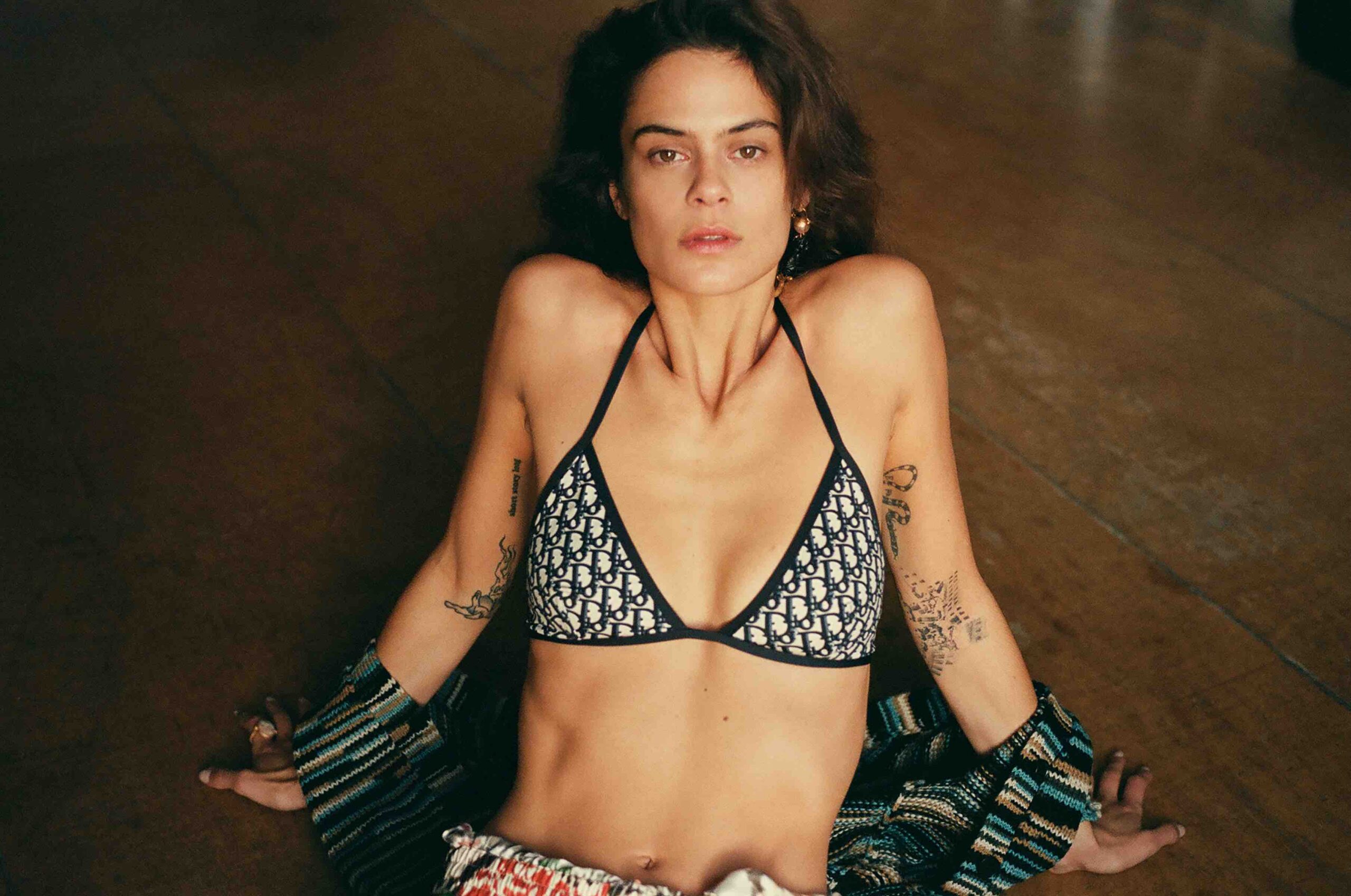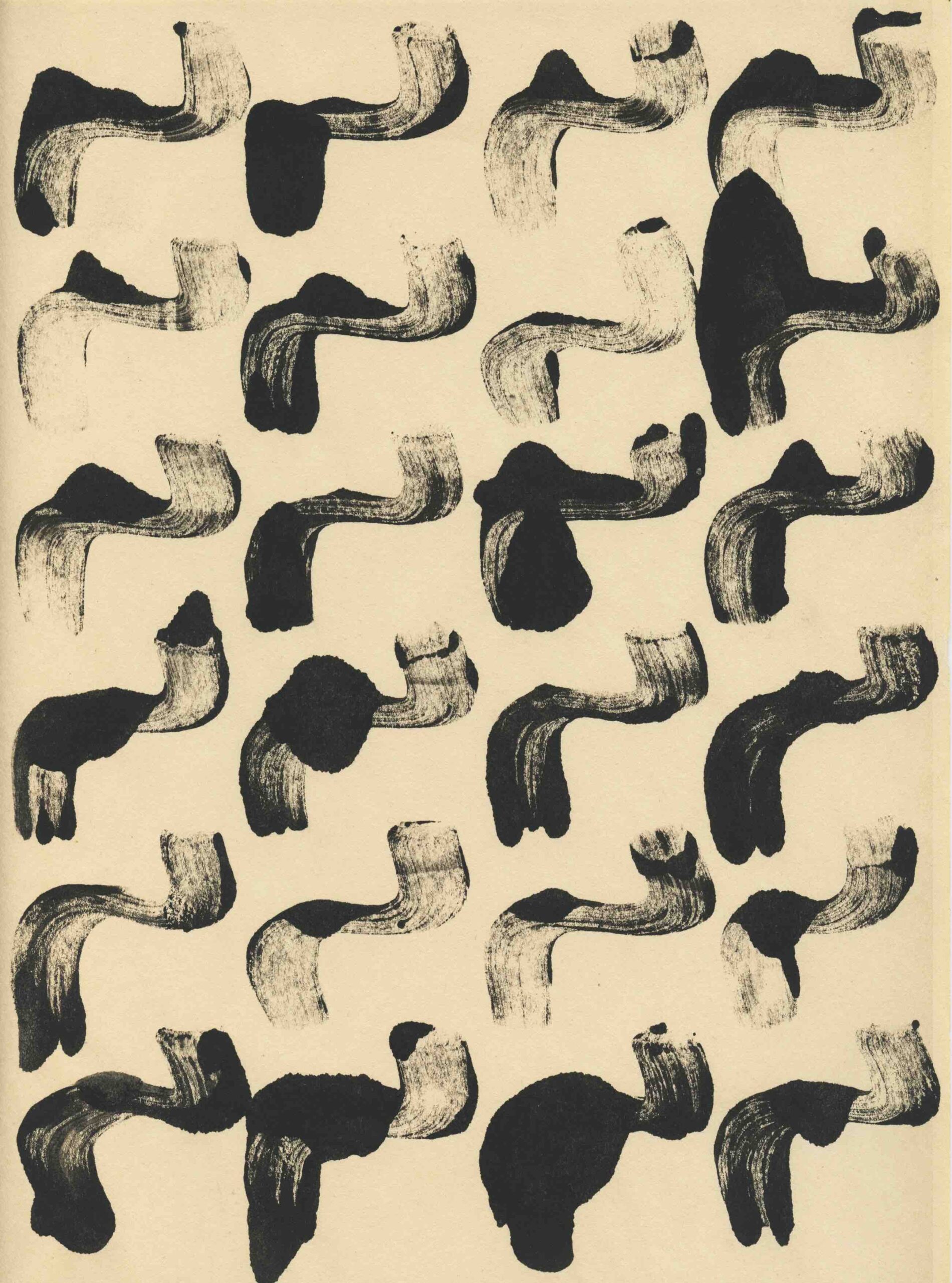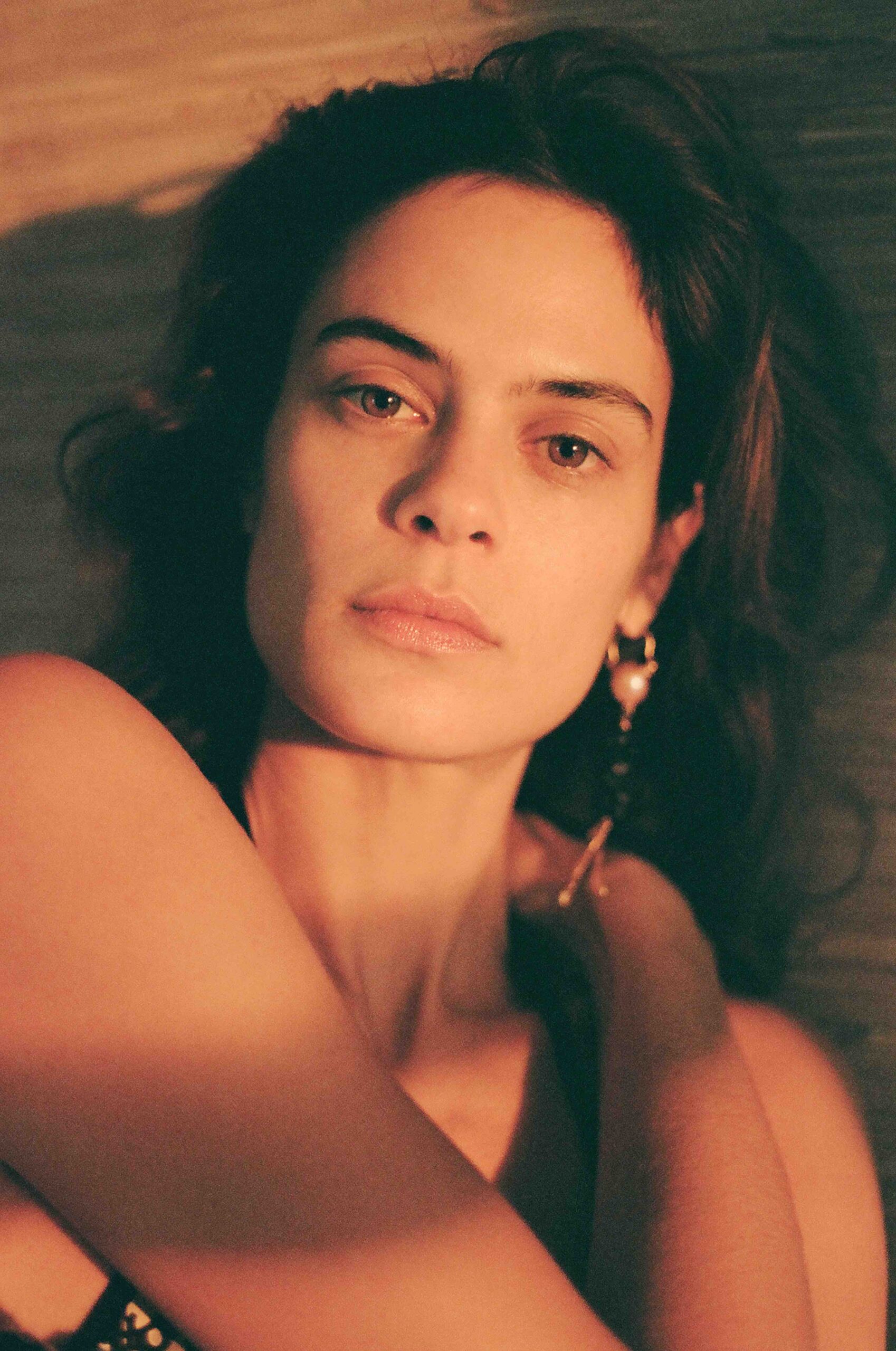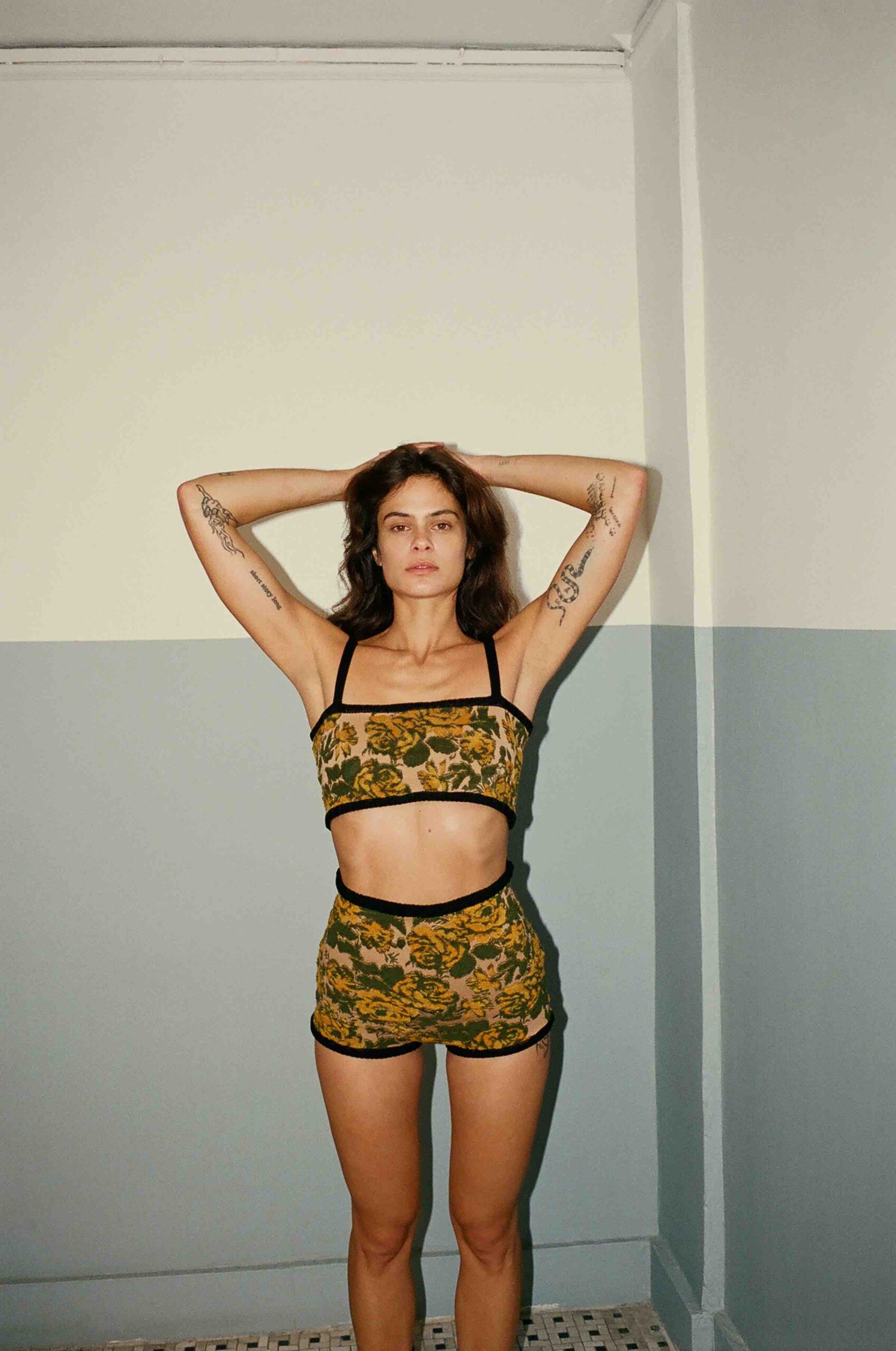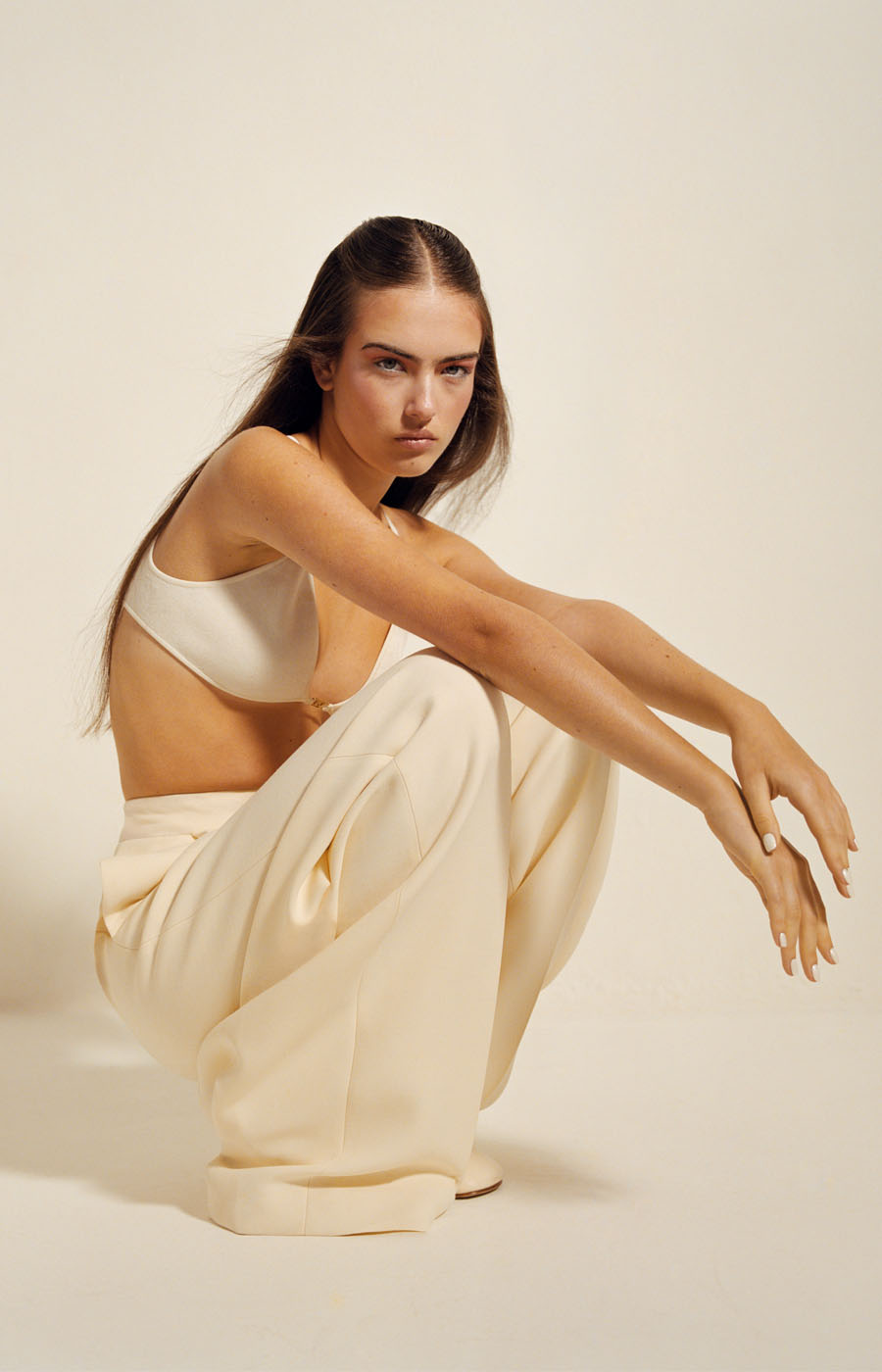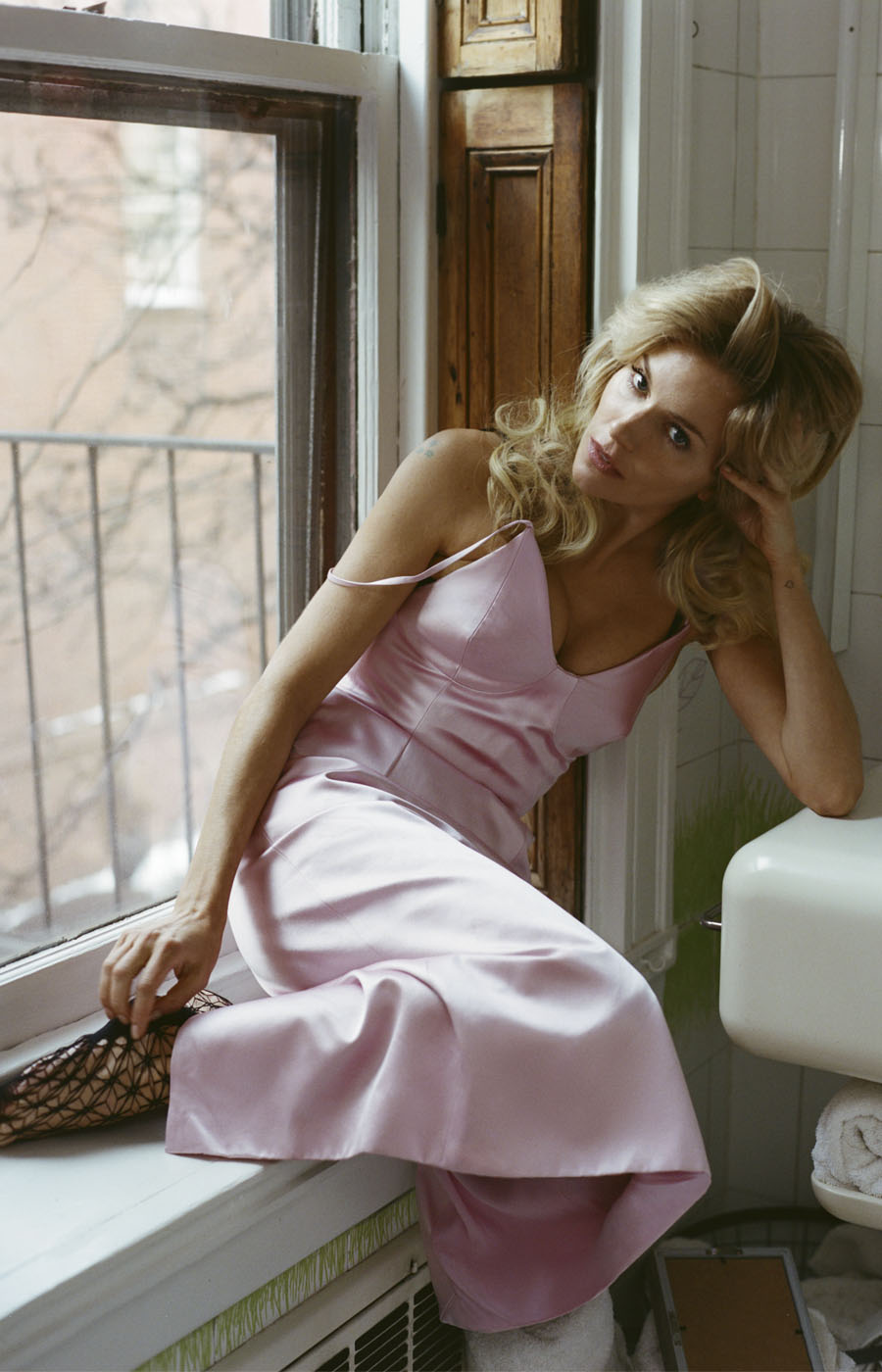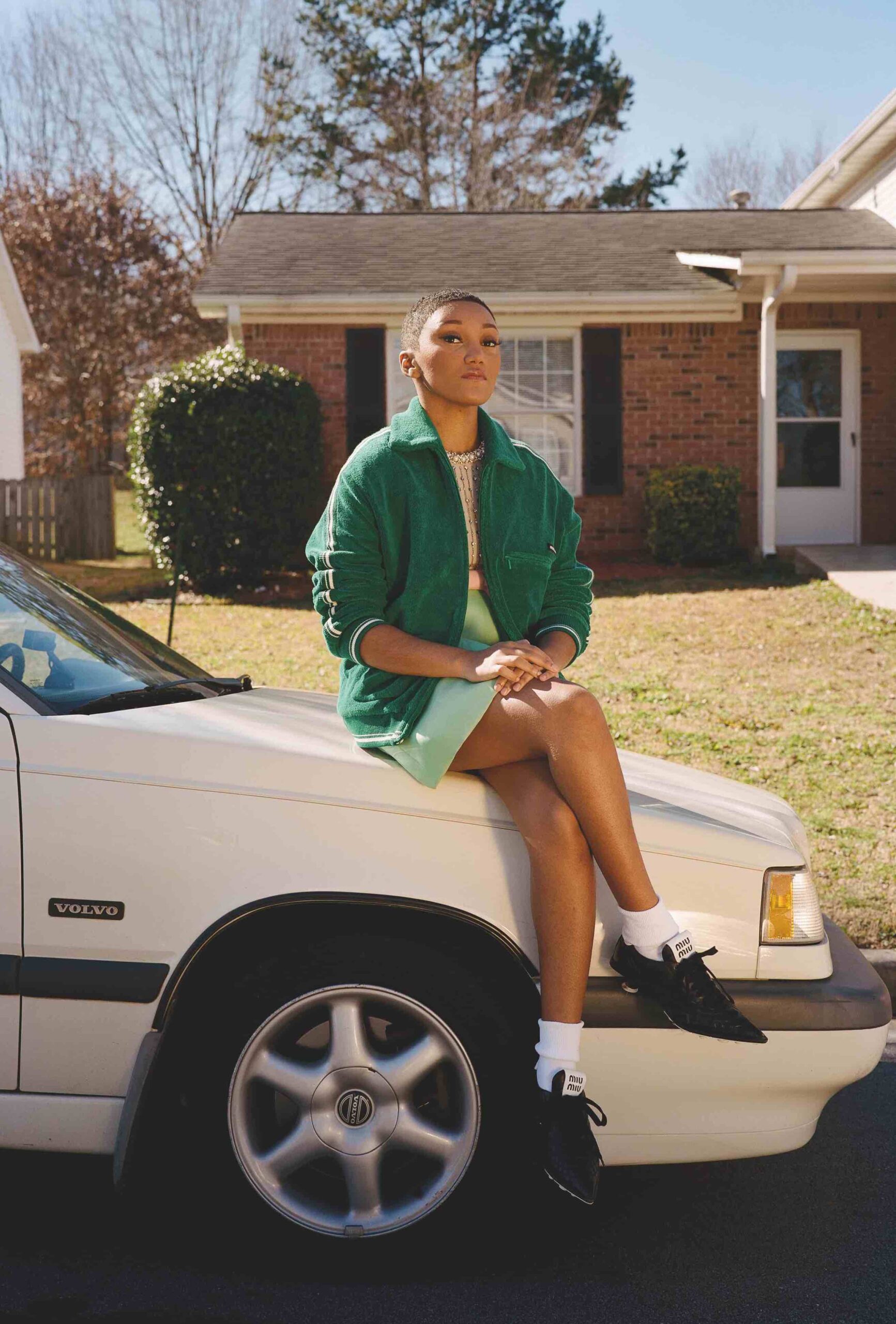PS Your lifestyle seems quite adept to the conditions of lockdown; did much change within your routine this past year? LS Here’s where we need to distinguish between interests and lifestyle (not to mention outside perception and reality). I was spending a ton of time traveling for work pre-Covid. I hadn’t been in one place for longer than a few weeks in over two years. So yes, as for most people, everything changed for me when lockdown went into effect. PS You’ve been spending a lot of time at Sky High Farm? What do the activities in a normal day look like? How has the time there influenced your practice?
LS I spent almost all of the Spring and Summer at Sky High Farm and still spend a lot of time there, though I live in Queens. In early April I planted a small trial plot of grain and tended to it throughout the growing season, until harvesting and processing it all by hand in late July and through the Fall. The days on the farm are really varied for the few folks that run it. There’s livestock and a large vegetable garden as well as a donation distribution system to manage. As for my part, I helped the farmers occasionally with weeding, planting, and harvesting — normally the farm has interns to help with these kinds of tasks, but Covid made that impossible this year. However, I really spent most of my time in the house on the property, baking with local grains and sharing related resources through the USPS and the internet. I hadn’t been out of a city environment for an extended time in years, and while I was on the farm I began focusing my attention more directly on concerns of land justice, early agriculture’s relationship to our lives now, and pathways between rural and urban landscapes.
PS I read that you’ve been trying to meditate. How is that going? From the outside, your life already seems so zen.
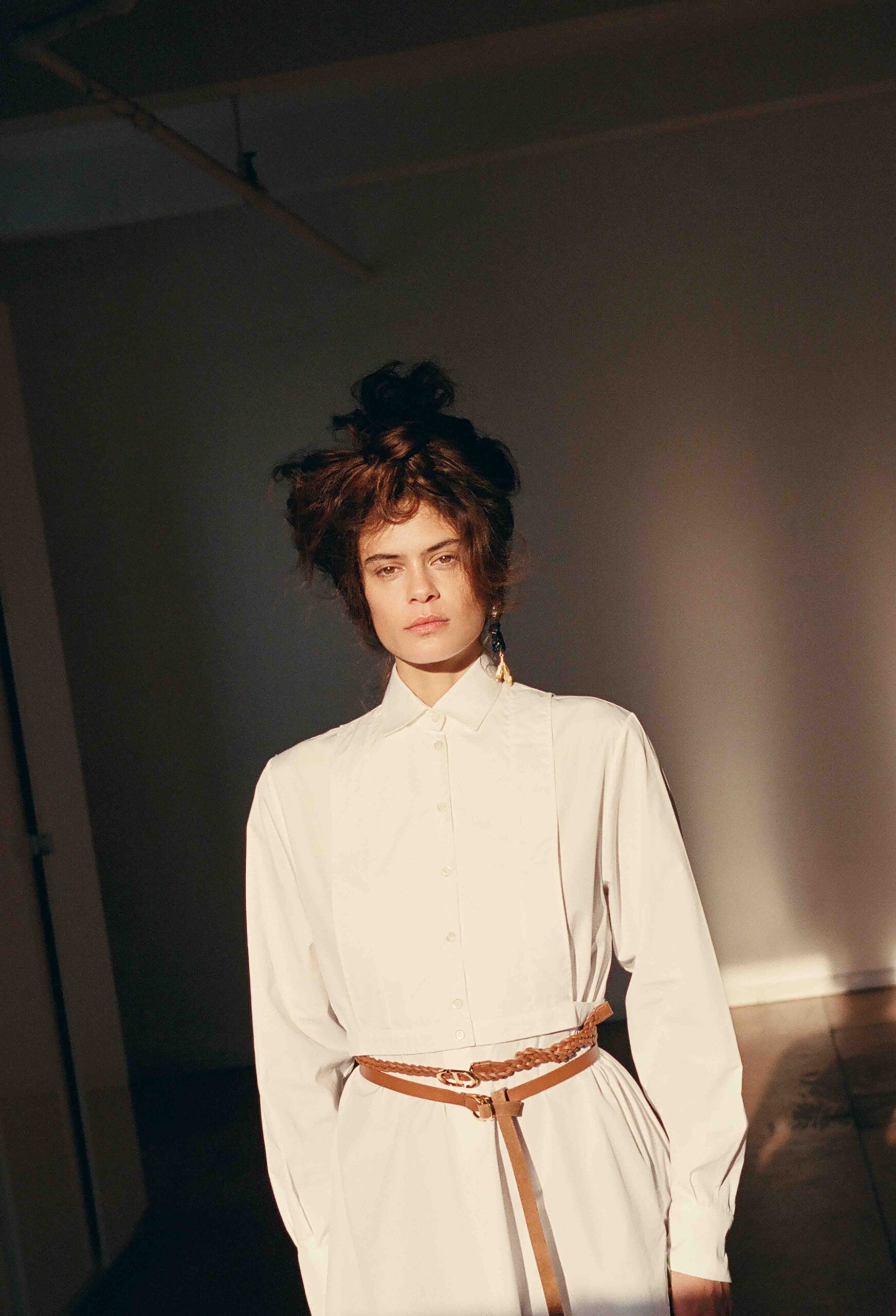
LS Zen is not a word I’d ever assign to my life. My boyfriend has a pretty admirable meditation and yoga routine and I was lucky to have some of it rub off on me when we were spending every day together. But I personally don’t have a wellness practice to speak of, besides trying to drink a lot of water, get enough sleep, eat a lot of toast, go to therapy once a week, and dance to reggaeton in twenty-minute spurts alone in my apartment. I’m an anxious and frenetic person. My activities probably seem therapeutic from a distant outside view because, well, I need the therapy.
PS To further touch on perceived identity, this MUSE issue is focusing on the idea that Itʼs You that Matters. How do you grapple with the caricature set out by the press? How much do you think it influences your private conception of yourself? How do the two contrast?
LS I go through periods where I refuse to share anything and don’t have to concern myself with another proxy, facsimile-me existent in the world who will inevitably erode my sense of self, and for which I can blame only, or mostly, that same self. Press is about attention, not accuracy. We’re our own subject, but the press turns us into objects because it depends on and promulgates aesthetics and relevance. Neither of those exists without invention. I think our private selves are that. A public self is necessarily specific, which is where the caricature sets in. We love titles; we love names. We’re the new headlines. I mean, we signal our identities with literal keywords. Not a lot of room for nuance there. Media is a network of references, not of people. Homages are dead, @’s are alive and well. There’s a difference. I’ve found that my real turmoil comes from attempting to merge the public and private selves. This magazine article is no different, whether or not the theme of the issue implies authenticity. Whose authenticity? What is the ‘you’ that a brand or media outlet speaks of? Is it subject or object? My ‘me’ is not the same as your ‘you’. Someone else’s proposition that I exist doesn’t make it true. PS Tell me about your childhood, your family.
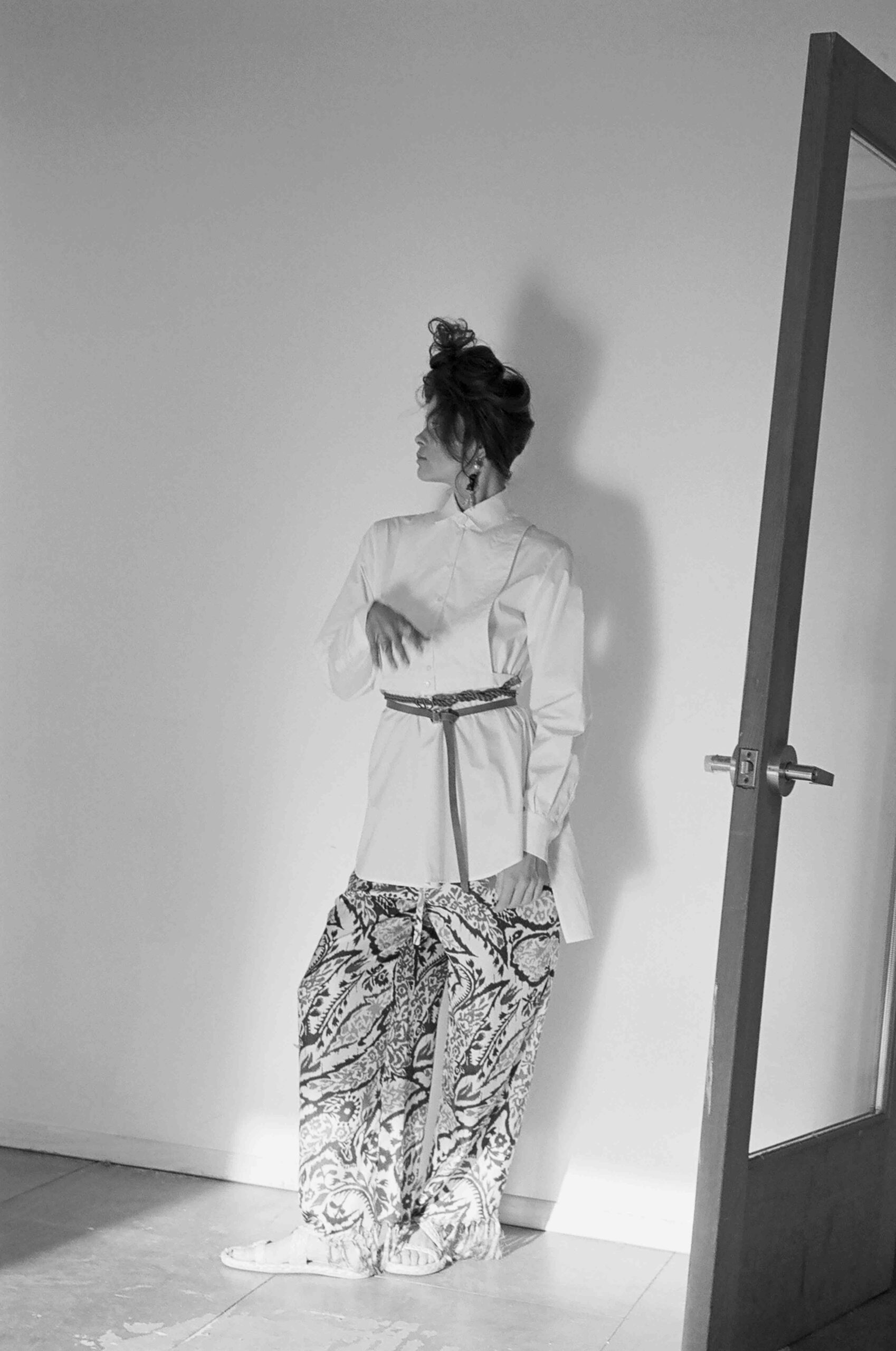
Media is a network of references, not of people. Homages are dead, @’s are alive and well. There’s a difference. I’ve found that my real turmoil comes from attempting to merge the public and private selves.
LS I have an identical twin sister. That explains most everything you need to know. We grew up very close and still are. I have an older brother too, and starting in my teens the family blossomed into a kind of Brady Bunch: many step-siblings, another set of twins included. Most of my family is in Harlem, some in Brooklyn, some in Connecticut. I grew up in a town called Hastings-on-Hudson. Tiny, but just thirty minutes north of Manhattan. I think it’s now considered very cool and desirable, but it was just this quiet little place when I was young. A pretty unique hybrid though. It’s too small to support chain stores, but you could see the smoke from 9/11 out the window. I spent most of my childhood outdoors or making things: binding books, sewing clothes, writing lots and lots of stories. My dad’s a writer and my mom works in books, too, so I grew up thinking a lot about literature as an object and an idea. I saw books and scripts being written, and also saw the near impossibility of selling them. I was very anxious to get into the city and started taking classes at FIT on weekends when I was barely thirteen and working in the city when I was sixteen, before moving downtown for college with my sister a year later. We never went back to Hastings after that. My mom sold the house almost immediately, and no one from the family lives there anymore.
PS What do you write exactly? Do you publish any of your literature?
LS Most of what I publish is essayistic and/or food-related at the moment. I write fiction and prose, always have, but tend to keep it to myself, publish in a very limited capacity, or incorporate it into artworks as voice or reference material.
PS Your bread practice is widely covered. Please tell me more about your other work.
LS Most of it’s taken a backseat to bread (and grain, more broadly) in recent years, both out of necessity and obsession, but I’m starting to distinguish between Bread on Earth and the rest of me again, namely by concentrating the bread stuff into a business and resource utility, and doing less photographic and sculptural work with it. I write, work with graphic design, printing, and drawing, and am developing some pieces that are more performative but too nascent to be worth mentioning. Food justice does remain at the core of a lot of what I do, and my next big endeavor will focus on bringing more freshly milled regional flour into the city.
PS How is Bread On Earth community based?
LS Bread on Earth is at its most ambitious. Ideally, it serves as a place to democratically compile and access histories, methods, and visual manifestations of a global perspective on a global food item, and to question the way bread has been transformed through public and political discourse and industry. I have a soft spot for maps and old-school online user-led forums. But the real power in Bread On Earth for me is physical. It’s not supposed to live virtually. It’s not a website, it’s just an idea. It’s supposed to live in people’s kitchens and in public ovens and community mills and hands-on workshops. I was teaching before Covid and haven’t been able to bring myself to move that into the virtual space, and I’m not sure I will. There are a lot of people who are doing that already. Right now I’m developing a comprehensive sourdough starter kit that will give people all the materials necessary to maintain their own, use it, and share it with others indefinitely, as I’ve been able to do with over 1500 strangers around the world since lockdown began.
PS Really loved the recount of your first show in SoHo: The reaction that I got from people was so much stronger than I expected. What it did was it made people feel very close to me when they ate this bread that I had made. They started telling me stories about their family and their lives and their relationships to it and how that relationship had changed. So little of the art presented in New York seems to elicit such a reaction. I love that people felt compelled towards such intimate discourse. Have you been able to recreate, expand on this?
LS Definitely, most directly through teaching, but I’ve been seeing a similarly intimate and emotional reaction in the responses I’ve gotten to the sourdough starter I offered to mail out over the last nine months, too. People are genuinely touched. It’s really beyond me. There’s something so saccharinely hopeful about all of it.
